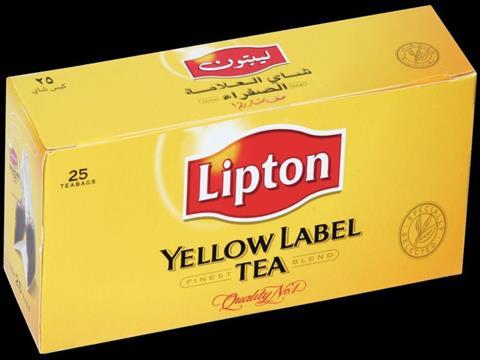
When looking to engage with a packaging partner, it is vital to look for a company with extensive experience.
For the tea industry – estimated in 2016 to be worth some €35 billion – a packaging supplier should understand exactly what tea producers need in order to achieve efficient production with consumer appeal. Selecting a supplier who has worked alongside numerous global tea brands is a significant step in the right direction.
The UK has always been a nation of tea-drinkers, despite the increasing growth of coffee shops in every shopping center and high street. For retailers, tea is a very attractive prospect. As it requires nothing more than hot water and occasionally a splash of milk, profit margins outstrip those of coffee with ease. For the average consumer, there seems to be plenty of room for both beverages – with tea being perceived as beneficial to health and a relaxing alternative to coffee. The increasingly positive publicity and ambience surrounding teas has been driving consumer interest and therefore consumption, and tea packaging plays an enormous role in attracting buyers.
For the tea packer, competition is fierce and the demand for varieties of black, green, herbal and fruit infusions has never been stronger. Packaging not only preserves and protects the product within, it communicates a brand’s message and ultimately helps in the sales process. It is viewed to be almost as critical as the selection of the product itself, and is the reason that tea packaging has become so creative and versatile. At the most upscale end, materials used include metal, ceramic, porcelain and wood, which give a premium feel and are often kept as keepsakes – further keeping a brand front-of-mind.
While such prestigious packaging elevates the status of the entire tea trade, it contains only a tiny fraction of the tea sold worldwide. It is fair to say that the most popular mid-range packaging material is carton board, which opens up a wide choice of equipment and methods to automate the entire packaging process.
The world’s most widely distributed branded tea is Liptons, a division of Unilever. With its distinctive ‘yellow label’ cartons it is instantly recognizable. From simple carton board trays and single flap tuck-in packs, to more complex tea carton styles, packaging machinery manufacturers have to work closely with tea producers to ensure their pack formats are functional, practical and yet sit with prominence on the supermarket shelf to ensure maximum appeal to consumers.
Twinings, for example, have invested heavily in marketing their range of premium teas throughout Europe – choosing an increasingly popular “hood cover” style carton. For the cartoning machinery process, this involves applying hot melt glue to the side tabs of the open lid after the product has been loaded, and closes these tabs in a particular sequence to form a reclosable “caddy pack” appearance.
Entyce Beverages in South Africa, also displays its products in this style of carton for its “Five Roses” brand. The company worked in partnership with its packaging supplier to design a carton which would form this style automatically on an endload cartoner during the packing process. The design is reminiscent of the traditional vintage tea caddy tin with a hinged lid – the type that was popular for loose tea leaves years ago. The use of this hood cover style lends itself to opportunities for eye-catching branding and artwork, with many tea companies choosing to use embossed or metallic printing in this area of the pack.
With clever carton design and luxury aesthetics at the forefront of consumer attraction, it seems the previous emphasis on sustainability in the packaging world is taking a lesser role with tea packing in this post-recession era – with high quality, often costly, materials fueling the battle for market share. However, by spending money on packaging design and style, tea packers need to see results in the form of efficiency and productivity savings in the actual packaging process. To keep a foothold in the market, brands must explore long term investment opportunities in adaptable and versatile packaging equipment, in order to increase output and reduce labor costs.
The more astute tea producer will look at automation, which does far more than just put product into a container. Today, automatic packaging machinery can offer preventative maintenance, performance data, efficiency reports and output analysis – all via integrated touch screens – with the latest programmable software pre-loaded with recipes to change from one pack size and format to another with minimal loss of production.
The correct packaging is critical to the success of any product, with food and beverage being no exception. Packaging cannot influence the quality of the product within – that is down to the supplier – but it can certainly grab the attention of the consumer, which can be just as important as the product itself. Investing in packaging equipment is not a decision that is taken lightly, therefore researching options thoroughly is to be recommended. Suppliers must be certain they can trust a company to deliver what they promise, and for that there is no substitute for experience.
More info:















